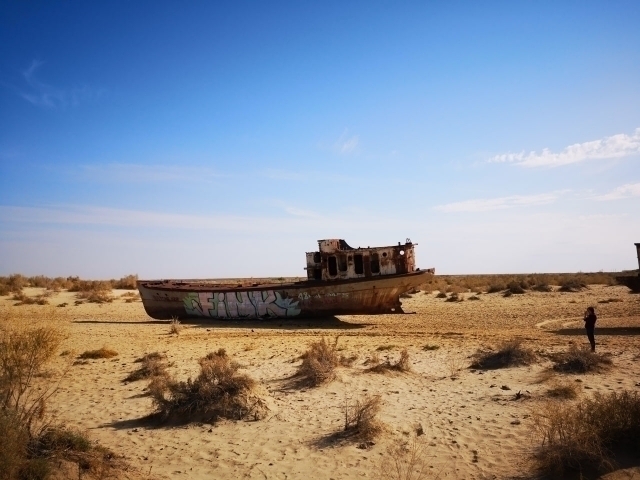39% of Central Asian lands are in a state of drought – UN
World
−
14 November 2023 4664
The session emphasized that around 60% of Central Asia’s population relies directly on agriculture for their livelihoods. Consequently, drought presents a grave peril to the economic stability and welfare of the region's majority.
Furthermore, it was underscored that the effects of drought transcend borders, necessitating concerted regional endeavors to mitigate risks and vulnerabilities.
According to UN statistics, approximately 152.06 million hectares, constituting 38.43% of Central Asia's land area, are affected by drought. Within this, 1.33% faces severe drought, and 0.23% experiences extreme dryness.
To comprehend the magnitude of this threat, it's crucial to note that this afflicted area is nearly three times the size of France.
Tajikistan grapples with drought impacting 47% of its territory, roughly 6.7 million hectares. In Kyrgyzstan, this figure stands at 42.4%.
The situation worsens in the downstream countries: Uzbekistan contends with drought across 89.5% of its territory, Turkmenistan at 88%, and Kazakhstan at 76%.
Experts attribute Central Asia's susceptibility to drought to climate change, the desiccation of the Aral Sea, population expansion, land degradation, unsustainable utilization of natural resources, and inadequate environmental conservation.
Despite the frequent occurrence of droughts in Central Asia, these incidents are seldom officially documented. For instance, recorded droughts only account for 2-3% of registered disasters in the region.
Nonetheless, economic losses due to drought are substantial. Reports from the Emergency Situations Database reveal that between 2000 and 2016, drought-related economic losses in Central Asia surpassed $2 billion, primarily impacting the agricultural sector. Strengthening regional cooperation remains the primary avenue to curtail this adverse trend.
Live
AllAQSh dollarining rasmiy kursi pasaydi.
27 December





